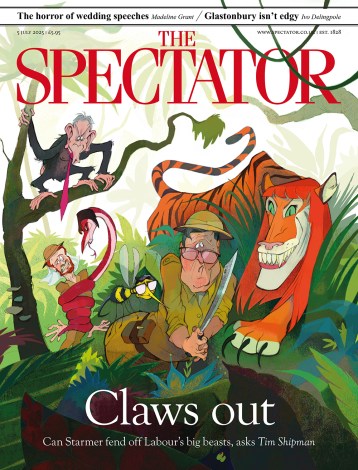Grand tour of Venice
Andrew Lambirth on the splendour of the Canaletto exhibition at the Queen’s Gallery Magnet for tourists as it is, Buckingham Palace is the perfect setting for Canaletto in Venice, an exhibition devoted to the grandest producer of tourist art of the 18th century focusing exclusively on a city which had already become one of the
